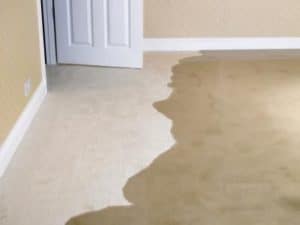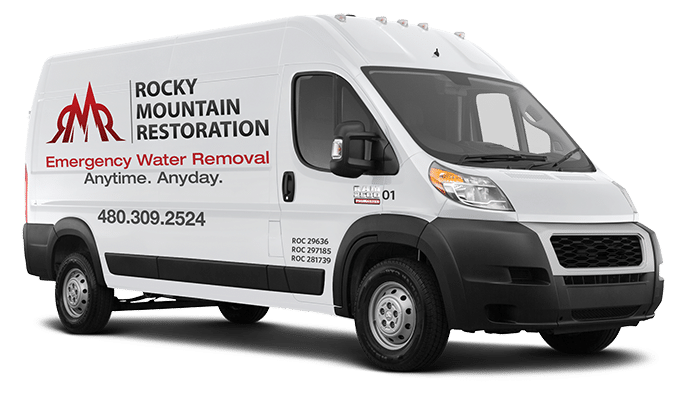
- Eliminate the source of the water (obviously).
- Turn off circuit breakers in affected rooms, if it is safe to do so.
- Avoid walking on the carpet as much as possible.
- Move furniture and as many other items as you can into a dry room.
- Try soaking up some of the water with towels (try to avoid non-colored towels, as you may risk dyes bleeding into the carpet).
- Do not turn on electronic devices; let them “air out” as much as possible.
- Open windows and doors to ventilate the area.
- Call your insurance company to report the loss.
- Take pictures and notes to document the damage.
After extraction, there’s usually some remaining water, which can be removed via evaporation. This is done using high-powered air movers or fans. Rocky Mountain Restoration has all of these tools and excellent technicians to use them as effectively as possible, so call us in the event of water damage.












